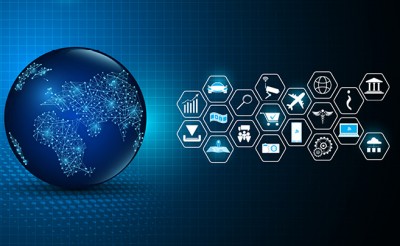How the data analytics can unlock IoT value

While the Internet of Things (IoT) offers awe-inspiring possibilities, companies must prepare to reap the full benefits by ensuring they have adequate analysis capabilities, according to Teradata.
A comprehensive study in June 2015 by the McKinsey Global Institute concluded that IoT is one of those rare technology trends where the hype may actually understate the full potential.[1]
At the moment, companies are tapping into IoT to achieve greater reliability, resource efficiency, and cost reduction. The results are small, often benefitting a single person or process. But this will change when visionary organisations start to think more competitively and on a larger scale. This will lead to a new approach called the Analytics of Things (AoT).
Analytics of Things
By adopting the Analytics of Things, companies will aggregate data, then use advanced analytics to give the data greater context, making it part of a richer picture. For example, monitoring a patient’s heart rate across a period of time will provide some insight into their heart health, letting doctors recommend appropriate treatments for that individual. Aggregating the same data from thousands of people lets researchers get a fuller picture. They can use that ongoing body of insights to support better treatments and medicines, ultimately saving more lives.
New avenue streams
Savvy organisations are already starting to use the AoT to make the IoT more powerful, creating new revenue streams. For example, Teradata customer Siemens uses it to move from reactive to predictive maintenance on trains, reducing failures. As a result, Siemens has changed its business model, moving from selling trains to selling the performance of trains over a fixed period of time.
The company does this by managing maintenance so customers don’t experience any appreciable unplanned downtime. Analysing data from train component sensors, the team identifies patterns and trends it can use to make smarter, proactive maintenance decisions, minimising unexpected failures.
Optimise business processes
This demonstrates the power of the AoT. However, McKinsey’s June 2015 IoT report found that less than 1 per cent of IoT data is currently used; and those uses tend to be straightforward things like alarm activation or real-time controls rather than advanced analytics that can help optimise business processes or make predictions.[1]
Companies must re-examine the concept of the IoT and consider how it can serve their business. The Analytics of Things takes the IoT beyond today’s rudimentary use cases. It starts putting that data to work in ways that can add new revenue streams, creating a high-definition view of the world.
[1] Ibid
[1] http://www.mckinsey.com/business-functions/business-technology/our-insights/the-internet-of-things-the-value-of-digitizing-the-physical-world